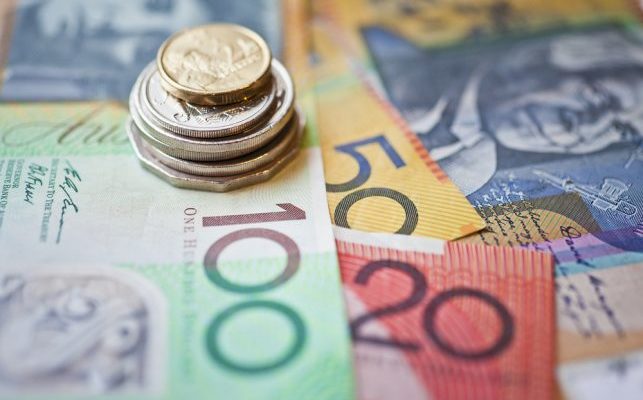
Last week, Australia posted a trade surplus of $1.2 billion in November, which was the first time since March 2014. November’s trade surplus came after October saw a deficit of $1.1 billion which was higher than the forecasts of $0.5 billion in deficit. Most of the surplus came from higher commodity prices than import volumes which were largely unchanged. Exports accounted for nearly 8.4% increase on a month over month basis in value and were the highest since April 2011. Driving exports higher was an 11% monthly gain in iron ore exports and a 26% increase on a monthly basis in coal exports and 22% increase on meat exports on a monthly basis.
Paul Dale from Capital Economics said in a note that the increase in export values was mostly on account of the increase in prices and had nothing to do in terms of volume of exports. He also cautioned that while trade surplus showed higher commodity prices rising national incomes, there is no evidence of higher real GDP in the economy.
Earlier this week, the Australian government released new forecasts which painted a gloomy picture for Iron ore prices. According to officials, iron ore prices are set to fall by nearly half from its current value by 2018, or about $46.70 a ton, compared to the current levels of $80 a ton. Officials said that the current price of iron ore was supported by a renewed demand from China but cautioned that this demand is unlikely to continue in the coming years.
The Department of Industry, Innovation and Science lowered its iron ore exports forecasts by 2% to 832.2 million tons for the fiscal year of 2016 and 2017. Following the lower forecasts, shares in the country’s main mining companies such as Fortescue Metals and BH Billiton and Rio Tinto fell sharply.
Retail sales rise less than forecast in November

Australia Retail Sales November 2016 (Source: ABS)
On Tuesday, the monthly retail sales figures released showed that the Australian retail sales rose 0.2% on a month over month basis in November on a seasonally adjusted basis. The data from the Australian Bureau of Statistics shows an increase of 25.664 billion in value during the reported month. The headline figure was weaker than what economists penciled in, coming in below the 0.4% forecast and slower than October’s 0.5% increase.

